
The Planning Process
In 1993, an architecture student and a public transportation advocate met in a bar behind the university in Freiburg’s OldTown. In the bar, Matthias-Martin Lübke und André Heuss discussed the City’s recent acquisition of the Vauban property and shared their dreams for the development of a community built with ecologically-friendly construction and energy concepts, public participation in the planning phase and largely car-free living.
In 1993, an architecture student and a public transportation advocate met in a bar behind the university in Freiburg’s OldTown. In the bar, Matthias-Martin Lübke und André Heuss discussed the City’s recent acquisition of the Vauban property and shared their dreams for the development of a community built with ecologically-friendly construction and energy concepts, public participation in the planning phase and largely car-free living.

Above : Exterior view of houses at Vauban
On December 22, 1994, the two founded the “Forum Vauban” with five other people. After two months, the Forum Vauban had grown to 60 members who lobbied the City with their vision for a sustainable neighborhood. In 1995, the City named Forum Vauban as the official body for an "Expanded Public Participation" (Erweiterte Burgerbeteiligung) process, which was to be used in the development of the Vauban district master plan.
Under the expanded public participation model, the City worked closely with residents to ensure that community desires were represented in the project. Eighty residents participated in the Forum's first public meeting and five working groups were created. With key support from two city council members, a vision for the development of the Vauban district with the following goals:
- A transportation concept encouraging car-free living and placing restrictions on private automobile ownership,
- The design of a “neighborhood of short trips”, or high density,
- An ecologically-friendly district heating system with renewable energy sources,
- A mix of social classes, and
- Priority for private developers and co-ops over corporate investors.
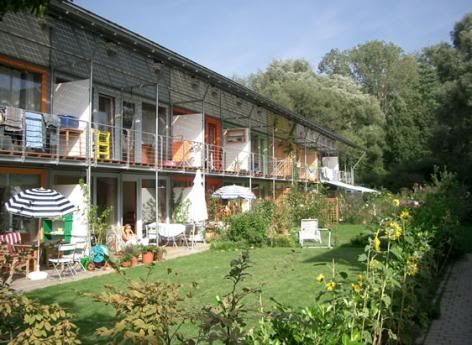
Above : Private patios open on to shared garden spaces
The Forum Vauban became a model venue for soliciting innovative ecological and social concepts from the community and integrating them into the development of the Quartier Vauban. The German government nominated the Vauban as the nation’s contribution to the UN Habitat II housing conference in 1996 due to its cooperative planning process between the City and residents.

Above : There is plenty of greenery and public space at Vauban
The Forum Vauban and the expanded public participation model showed that development works best when community involvement is included from the planning phase to the implementation phase. The final development plan was approved in July of 1997 and the City quickly completed the sale of properties to private builders and cooperatives. Construction began in April 1998.
Next : Go to The Design Process
Next : Go to The Design Process





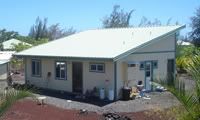
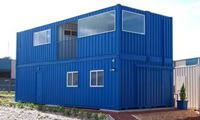
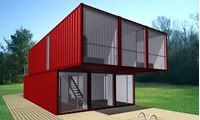

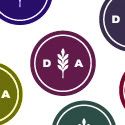


0 comments
Post a Comment